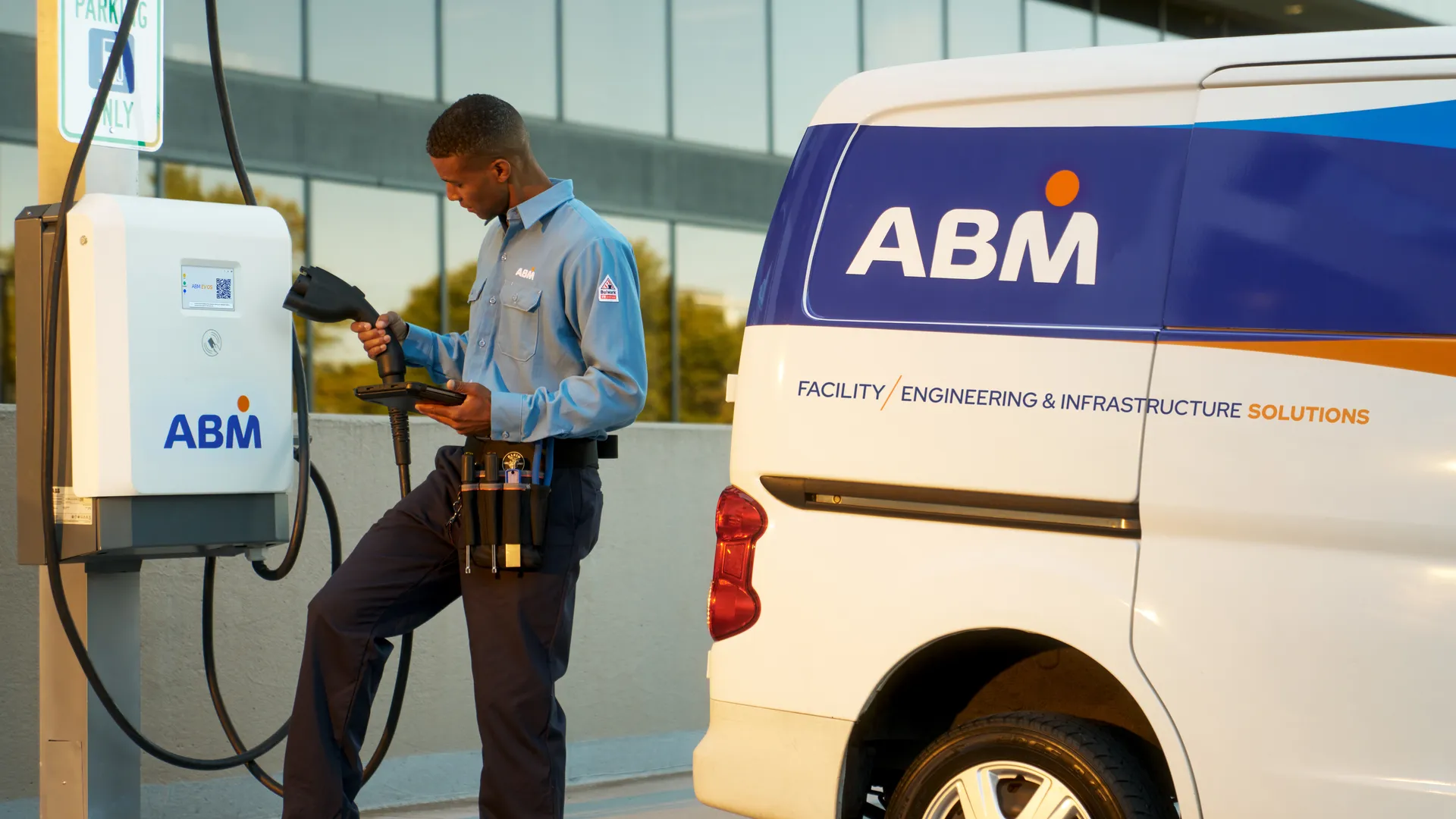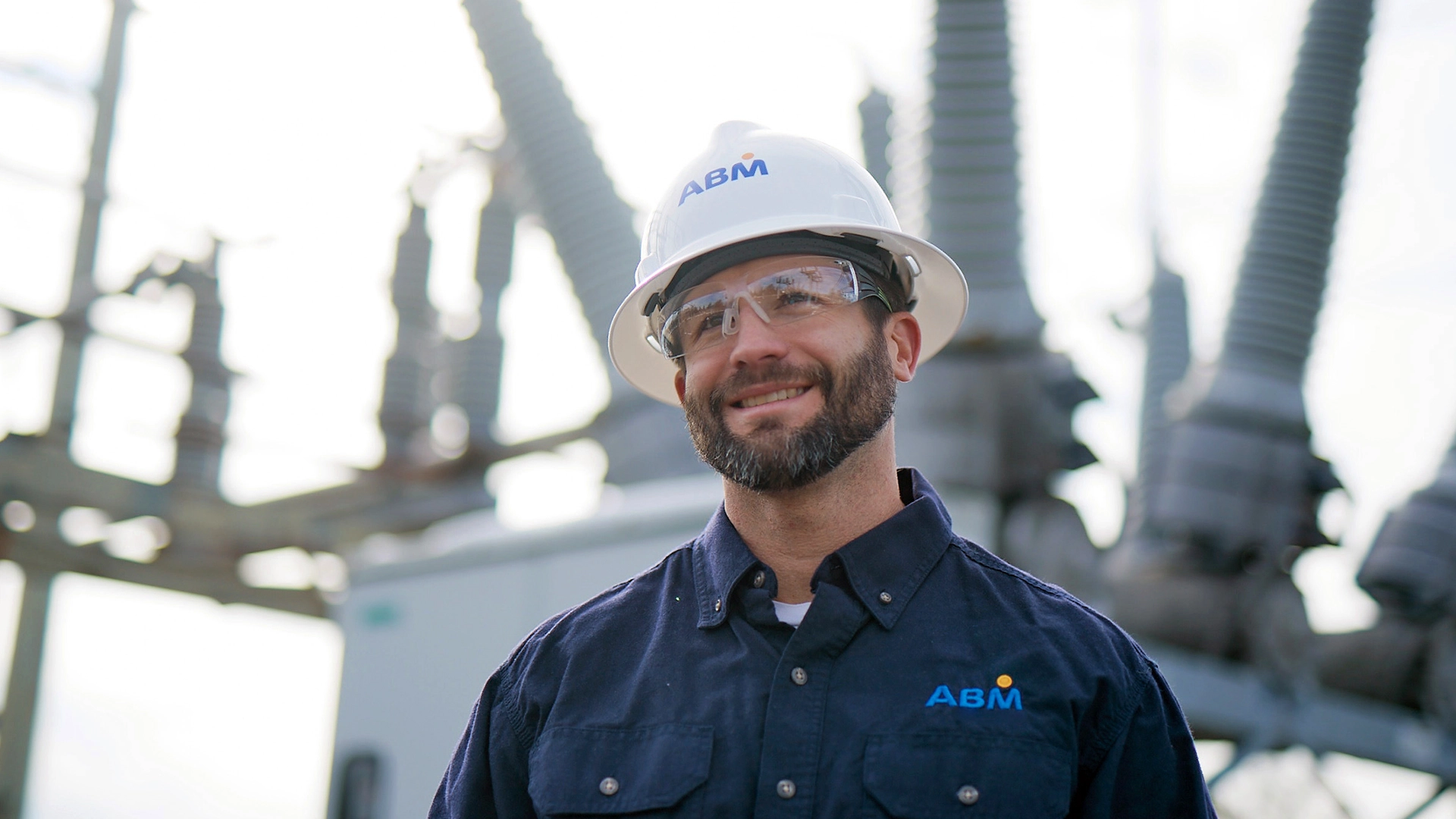How to keep EV infrastructure projects moving amid policy and funding shifts
EV fleet infrastructure development is a foundational program that involves power capacity, utility coordination, charging system design, and ongoing operational planning. Successful organizations focus on depot infrastructure early, making sure power and charging are in place before scaling up their fleets.
Policy snapshot and what changed in 2025
In June 2025, several federal actions created uncertainty around some nationwide emissions pathways. State requirements did not all disappear. California’s Advanced Clean Fleets timelines continue to drive adoption in California and in states that follow CARB programs.1
If your footprint includes those markets, your compliance clock is still running. The practical takeaway remains the same as before: begin utility coordination, site planning, and interconnection work early, as these steps define your delivery schedule.2
Funding and how to keep awarded dollars working
Federal support for clean transportation projects is still available, but recent actions have reduced some previously unobligated funds and increased competition for remaining dollars. If your project has already been awarded or secured funding, prioritize advancing project scopes and securing agreements to lock in funding and preserve timelines. Where federal dollars are reduced or uncertain, leverage state and utility incentives and consider flexible delivery strategies to keep progress steady. Acting quickly is vital. Initiating site planning, cooperative procurement, and self-performed work early helps minimize delays between grant award and project installation.3
Why fleet charging stalls and how to avoid it
Most delays happen before an EV charger ever touches concrete—power capacity, make-ready work, and permitting set the pace. Treat the utility path as the project path. Get your load letter in, align on service upgrades, and model demand charges before you settle on hardware. Right-sizing today with a plan for future stages is usually better than overbuilding and incurring unnecessary carrying costs.
ABM wayfinding for complex programs
ABM delivers planning, engineering, installation, operations, and maintenance as one integrated program. That makes the work easier to start and easier to run.
Planning and consulting
We validate sites, model loads, map routes, and dwell times, and coordinate with utilities and AHJs. We surface grants, rebates, and tax credits and help structure the path to capture them.
Engineering and design
We design charger layouts for safety, throughput, and expansion. We model energy use, plan panels and distribution, and prepare drawings for permits and construction.
Installation that fits operations
Our self-performed construction keeps quality and timelines tight. We phase work to reduce downtime and sequence energization with your route schedule.
Operations and maintenance
After commissioning, we maintain uptime through monitoring, troubleshooting, and preventive maintenance. Reporting and alerts give visibility to performance, costs, and compliance.
Utility coordination that keeps schedules moving
Utility work is often the longest lead item. ABM engages utilities early, aligns on capacity and make-ready scope, and sequences upgrades with site construction. This reduces idle time in the middle of the project and helps you open lanes faster. The goal is simple: fewer gaps between approvals, trenching, setting, and energizing.
Power resilience and cost control
When capacity is tight or demand charges are high, distributed energy can protect both the schedule and operating cost. ABM delivers behind-the-meter options that work with your charging plan.
- Battery energy storage to shave peaks and support fast charging
- Solar to offset daytime energy use at high-dwell depots
- Microgrids that keep critical routes moving during outages
Designing these assets with your depot from the start avoids costly rework and gives you room to expand as the fleet grows.
Software that plays well with your stack
ABM’s EV OS approach brings together leading charge management tools, energy management, and data integrations without locking you into a single vendor. You get load balancing, smart charging, utility tariff awareness, and reporting that ties to the metrics you watch. Hardware-agnostic design keeps options open as your needs change.
What good looks like in the field
Strong programs have a few things in common. They start utility coordination early. They phase capacity and hardware to match adoption. They choose chargers for routes, not the other way around. They monitor, maintain, and adjust. Most of all, they make infrastructure decisions that still make sense when the policy winds shift.
Let's electrify your fleet
For single sites and multi-state networks, ABM acts as a single point of accountability. We coordinate utilities, engineering, construction, software partners, and ongoing service. That reduces handoffs, compresses idle time, and gives you one place to call when you need answers.
If you are planning a pilot or a multi-depot rollout, ABM can help you move from intent to energized with fewer surprises. Start with a load and site assessment, a utility plan, and a phasing strategy that matches your routes and budget. No matter what policies roll out or pause, we’ll be ready to help you adapt.
Talk to our team about depot readiness, charging strategy, and operations you can run every day.
Sources:
1 Advanced Clean Fleets
2 EPA Launches Comment Period on Power Plant Climate and Air Toxics Rules
3 Understanding Recent Federal Actions | Transportation Funding & Programs





